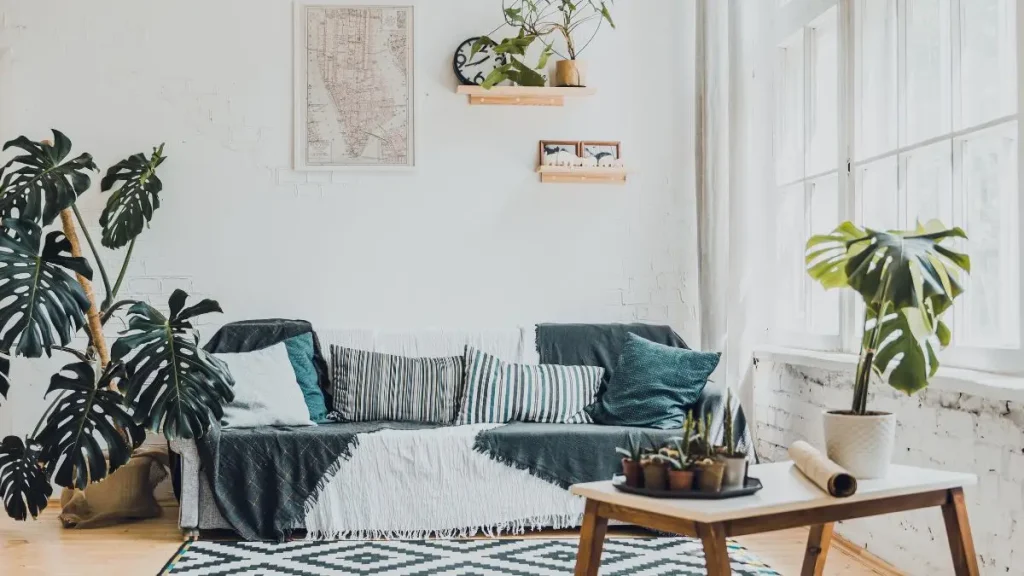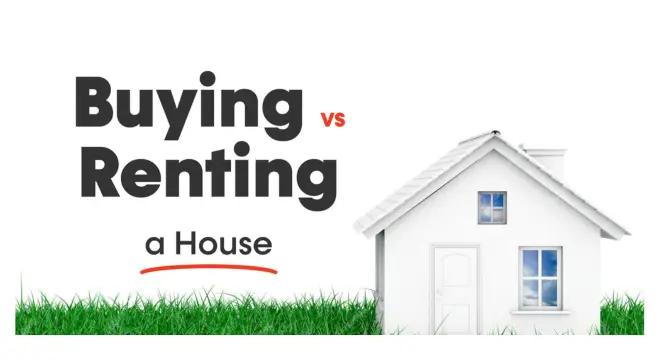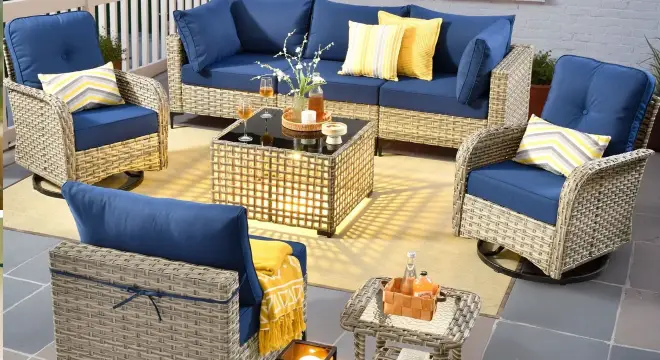HGTV Star Genevieve Gorder Puts Her New York Duplex on Market for $4.35M
I’ve followed Genevieve Gorder’s work for years — from Dear Genevieve to Stay Here and now At Home With Genevieve.
If you’ve ever watched her design, you know she’s got that rare mix of warmth and precision. She doesn’t chase trends — she edits them. So when a designer like her decides to sell her own Manhattan home, it’s not just a real-estate listing; it’s a look inside her design philosophy.
Gorder isn’t your typical TV decorator. She started as a graphic designer, built a television career through her strong visual storytelling, and became a recognizable voice for approachable luxury — homes that feel curated but never cold. Her Chelsea duplex isn’t just where she lived; it’s been her design lab for a decade.
She raised her daughter there, hosted endless design projects, and kept tweaking the place as her life evolved. Every room, she says, has “become something else within the last ten years.” That’s the mindset of a real designer — homes that evolve, not just impress.
The Renovation Story: How Two Apartments Became One Home

When I first read Genevieve’s interview in Mansion Global, one line stood out:
“Everything and every room has pretty much become something else within the last 10 years.”
That’s not a designer bragging — that’s someone who’s lived inside a constantly evolving idea.
Gorder bought her first Chelsea unit in 2004. Seven years later, after her daughter was born, she picked up the one next door. Merging them wasn’t a simple wall knockdown; it became a televised design experiment — Genevieve’s Renovation (2014) documented how she turned two narrow apartments into a single, light-filled, four-bedroom duplex.
She kept the “bones” of the 1850s townhouse intact: that prewar staircase, the old joists, and a sense of historic rhythm. But she stripped away anything that felt stiff or pretentious. “In my heart, I’m a preservationist,” she said, “but I don’t want to live like a lady in the 1860s.”
If you’ve ever tried balancing history and comfort, you know that’s not easy. Gorder managed to pull off both — keeping the home’s soul while giving it modern utility.
Inside the Design: Texture, Light, and Personality
You can almost feel this home when you read about it — the white oak floors, the marble island that anchors a kitchen built for conversation, the French windows opening out to trees. There’s warmth everywhere, but it’s not accidental; it’s her eye at work.
Every detail has a backstory. The carved Moroccan door came from a fisherman’s village, the hammam doors from a market trip, the fireplace cover was salvaged from the Pillsbury Mansion in Minnesota. Even the mantel has its own journey — rescued from New Jersey and reimagined for Manhattan.
My favorite detail? The bathtub in her primary bedroom, right beside a carved black metal door. It used to be a small enclosed bath, but she tore the walls down so light could spill in from outside. She called it “the smallest bedroom in the house, but my favorite.”
You can tell this isn’t staged minimalism. It’s storytelling through design — how travel, work, and emotion leave physical traces on a home.
Lately, I’ve been sharing quick peeks and home-design updates from listings like this on a design community chat — it’s where we swap ideas on textures, lighting, and layout tricks that actually work in small city homes.
Outdoor Space and the Chelsea Calm
For anyone who’s lived in Manhattan, “outdoor space” usually means a fire escape and a potted plant. Genevieve has four patios. Two in the front, two in the back — a gift of merging two walk-up units.
The back overlooks Clement Clarke Moore Park, a private patch of green that’s almost unknown even to locals. “It’s really quiet,” she told, “like bird sanctuary-quiet.” The terraces have become her sanctuary — morning coffee spots, evening retreat, and proof that city living can still feel human.
Listing agent Smitha Ramchandani put it perfectly:
“The terraces truly redefine city living. It’s like having your own private oasis in the heart of Chelsea.”
If you know the area, that line isn’t marketing fluff — it’s rare truth. West 22nd is one of those short, leafy streets that still feels like a neighborhood.
Interestingly, this idea of carving out personal calm in the middle of a bustling city isn’t unique — Lily Allen and David Harbour’s Brooklyn townhouse also leans on quiet outdoor zones to create that rare urban sanctuary.
The Market Story Behind the $4.35 Million Price Tag
Now, let’s talk numbers — but the real kind, not the spreadsheet kind. A $4.35 million price tag in Chelsea isn’t just about location; it’s about provenance. This is a designer-owned, camera-documented home in a 19th-century building with light, air, and terraces. Those three features alone justify a premium in Manhattan’s co-op market.
Homes like this don’t compete with slick new condos. They attract buyers who want texture, privacy, and story — the kind who care more about floor creaks than doormen. It’s not for everyone, but that’s the point.
If you look at recent Chelsea duplex sales, anything over 2,000 square feet with outdoor space is pushing past $3.5 million easily — and those don’t come with an HGTV pedigree.
We’ve seen the same pattern on the West Coast too — when homes reflect their owner’s creative identity, they tend to sell fast. Rob Lowe’s Beverly Hills home proved exactly that earlier this year.
The Voices That Bring It Home

Good homes always come with good quotes. Gorder gives us honesty:
“I have all the light. That’s your prize for walking up the stairs. I wouldn’t trade the light for anything.”
You can almost see her saying that, standing by those tall French windows, city hum fading in the background.
Her agents, Ramchandani and Chris Moseley from Christie’s International Real Estate, add their own perspective — calling the home “a balance of serenity and sophistication” and praising her ability to fuse vintage appeal with modern comfort.
And they’re right. This place doesn’t scream luxury; it whispers craftsmanship. It’s what happens when someone who gets design lives in their work long enough for it to soften.
If you had to merge two parts of your life — old and new, city and calm — what would your version of “home” look like?
What This Home Says About Genevieve’s Design Philosophy?
Every designer has a signature. For Genevieve, it’s the art of contrast — history softened by light, elegance grounded by imperfection. Her Manhattan duplex reads like a visual diary of those beliefs.
She once said in an interview that “homes are living organisms.” And that line explains everything here — the shifting rooms, the preserved staircase, the evolving textures. It’s design that adapts to life, not the other way around.
You can sense how her career and travels feed directly into the space: Moroccan doors, old American craftsmanship, European calm, Manhattan energy. She’s taken all those influences and made them breathe together — that’s the mark of someone who designs by instinct, not trend.
If you’re someone who loves design, this listing is more than celebrity real estate — it’s a masterclass in how to keep a home alive.
A Look at the Neighborhood: Chelsea Then and Now
Chelsea has changed a lot since 2004, when Gorder first moved in. Back then, it was an art-district-meets-industrial pocket. Today, it’s one of Manhattan’s most design-forward neighborhoods — where creative professionals, gallery owners, and architects often live side by side.
But what’s fascinating is that her townhouse sits on West 22nd, one of the quieter blocks still lined with 19th-century facades. Clement Clarke Moore Park across the street adds something you almost never find in New York — silence.
That small green space is what ties this home to old Chelsea’s soul: family walks, leafy mornings, the kind of slow rhythm that city life usually erases. Gorder’s love for that calm clearly influenced her design — every French window and terrace seems to face it with intention.
If you’ve ever wondered what balance looks like in Manhattan, this block explains it.
On the flip side, some stars move away from dense cityscapes altogether — like Michael Andretti’s waterfront Indiana estate, which captures the same design intention but in wide-open calm.
The Human Side of Letting Go
When someone like Genevieve Gorder decides to sell her longtime home, it’s not just a real-estate move — it’s an emotional one. This is where she raised her daughter, hosted friends, designed furniture, filmed shows, and probably pulled a few all-nighters on new projects.
A creative person’s home becomes a mirror — every paint chip, every reused material tells a story about who they were at that moment. Selling it is like turning a page.
She hasn’t said exactly why she’s listing it now, but you can feel it’s the right time. Maybe it’s about new beginnings, maybe new projects, maybe just space to breathe. Either way, her decision reflects something we all face at some point: the quiet courage to move forward from a place you love.
Final Take: A Space That Still Feels Personal
Some homes are designed for showings; others are built for stories. Gorder’s duplex is the second kind — intimate, layered, full of light and soul. You can’t fake that kind of authenticity, and you can’t mass-produce it either.
Even if you’re not shopping for a Manhattan co-op, there’s something to learn here — how design becomes memory, how function meets feeling, and how homes grow with us until they don’t.
As I read about this listing, I kept thinking: this isn’t the end of her story. It’s just one chapter closing beautifully.
If you could design one room that evolves with your life — just like Genevieve’s — what would it be? Your kitchen, your studio, your quiet corner?
If design-rich celebrity homes fascinate you, explore more on our Real Estate & Homeownership section — each story offers a new look into how stars live and design their spaces.
Disclaimer: This article is based on publicly available information from trusted sources. All property details, prices, and quotes are accurate as of the time of publication and subject to change. This content is for informational and editorial purposes only, not for real estate or financial advice.


